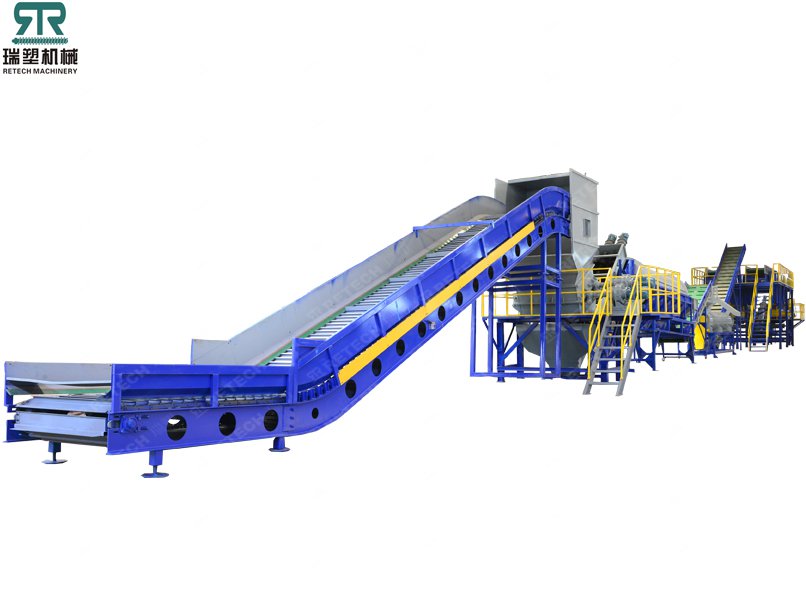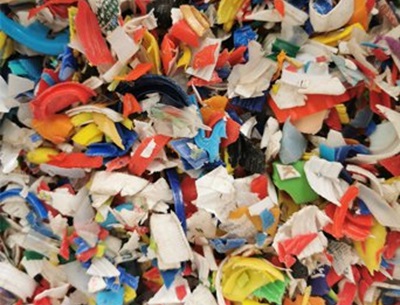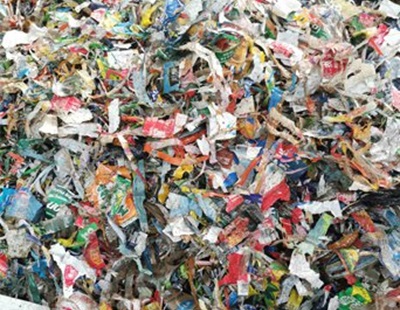In today's increasingly environmentally conscious society, the importance of recycling cannot be overstated. Among the various materials subject to recycling, polyethylene terephthalate (PET) stands out due to its extensive use in the production of plastic bottles. PET bottle to bottle recycling represents a crucial aspect of sustainable waste management, offering a closed-loop solution that transforms used PET bottles into new ones. This comprehensive article aims to delve deeply into the intricate process involved in PET bottle to bottle recycling, shedding light on each step and its significance in mitigating environmental impact.

The journey of PET bottle to bottle recycling begins with the collection of used PET bottles from various sources. These sources may include municipal recycling programs, deposit return systems, drop-off centers, and commercial recycling facilities. The collected PET bottles undergo initial sorting to separate them from other types of plastic and contaminants, such as caps, labels, and foreign materials.
Once collected, the PET bottles undergo rigorous sorting to ensure purity and quality. Advanced sorting technologies, including automated optical scanners and manual inspection, are employed to remove contaminants and segregate PET bottles according to color and grade. Subsequently, the sorted PET bottles undergo thorough washing to remove any remaining residues, labels, and adhesives. This washing process is crucial for preparing the bottles for further processing and ensuring the quality of the recycled material.
Following washing, the clean PET bottles are shredded into smaller pieces, typically referred to as flakes or granules. This size reduction process involves the use of specialized equipment, such as granulators or shredders, which cut the PET bottles into uniform fragments. The resulting PET flakes undergo additional cleaning to remove any remaining impurities and contaminants, further enhancing the quality of the recycled material.

The cleaned PET flakes are then subjected to high temperatures in a controlled environment to melt them down into a viscous liquid. During the melting process, any remaining contaminants are separated from the molten PET through filtration and purification techniques. These purification steps, which may include processes like floatation or centrifugation, ensure that the recycled PET material meets stringent quality standards and is suitable for further processing.
Once purified, the molten PET undergoes polymerization, a chemical process in which the monomeric units of PET are linked together to form long polymer chains. Catalysts are often added to facilitate this polymerization reaction, resulting in the production of PET resin. The PET resin, in the form of small pellets or granules, serves as the raw material for manufacturing new PET bottles and other plastic products.
The PET resin pellets are transported to bottle manufacturing facilities, where they are processed into preforms, the intermediate stage in the bottle manufacturing process. These preforms are heated and injected into molds, where they are shaped into the desired form of PET bottles through a process known as blow molding. The bottles are then cooled, trimmed, and inspected for quality before being packaged and distributed for use.

PET bottle to bottle recycling represents a sustainable and environmentally responsible approach to waste management, offering a closed-loop solution that conserves resources and reduces the ecological footprint of plastic consumption. By understanding the intricacies of the PET bottle to bottle recycling process, we gain insight into the importance of recycling initiatives and the role they play in preserving our planet for future generations. As individuals and communities, it is incumbent upon us to embrace recycling practices and support efforts to create a more sustainable and circular economy. Through collective action and commitment, we can work towards a greener and cleaner future for all.
We are committed to researching and developing innovative solutions for plastic recycling machinery. Our core team has over 15 years of experience in the plastic recycling industry, with the primary goal of solving the challenges associated with waste plastic recycling. Through unremitting efforts and valuable feedback from our customers, we have successfully overcome many technical obstacles. Technological advances include increasing the capacity of membrane cleaners by modifying the blade shaft structure and optimizing the discharge pattern of the float tank. In addition, the tool holder reversal technology we implemented significantly increases the throughput of the plastic granulation process. We have also effectively solved the problems of dehydration and drying of LLDPE stretch films by developing special equipment such as film extruders and granulators. In addition, improvements to the compactor and screw structure improve the performance of HDPE film pelletizers, while technical improvements to vacuum exhaust and screw structures address issues related to heavy-duty printing, laminated films, and multi-layer films in pelletizer operations. challenges. Through continuous innovation and cooperation, RETECH is always committed to promoting the advancement of plastic recycling technology and creating a more sustainable future.